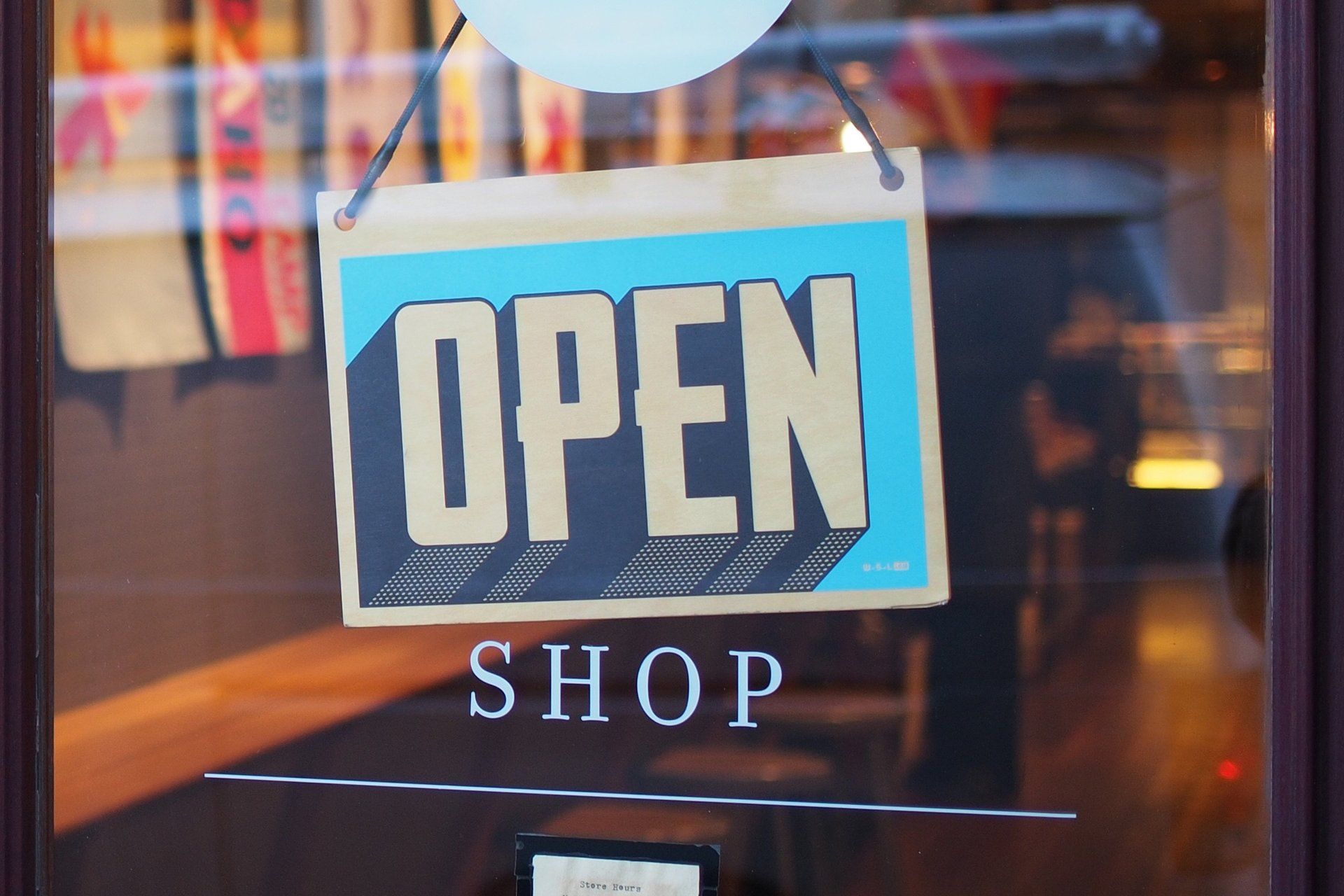
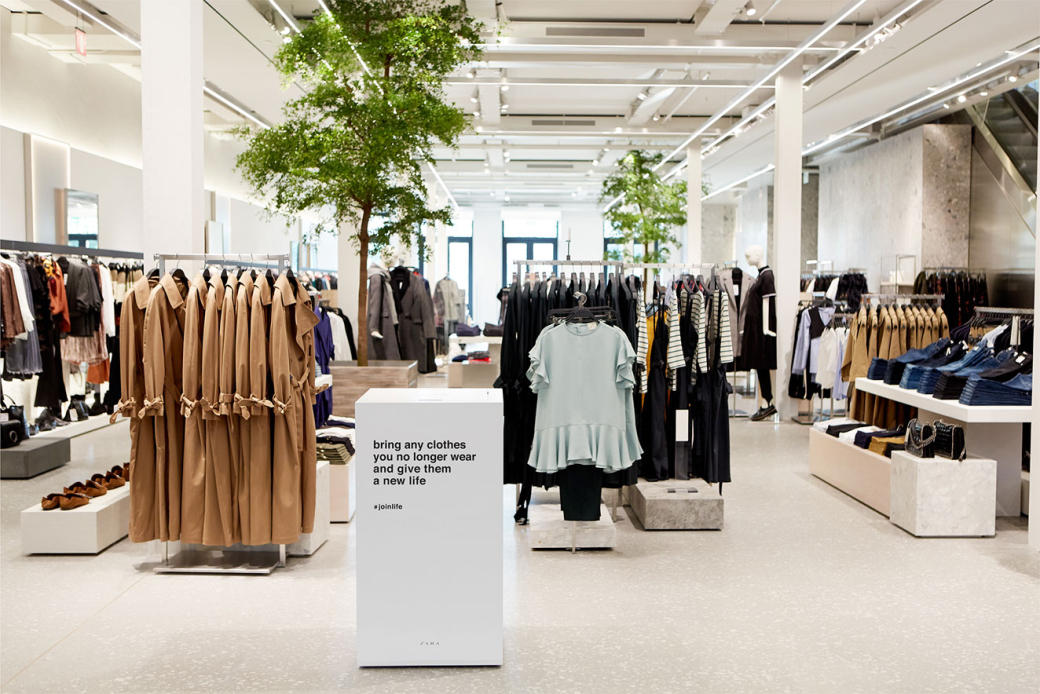
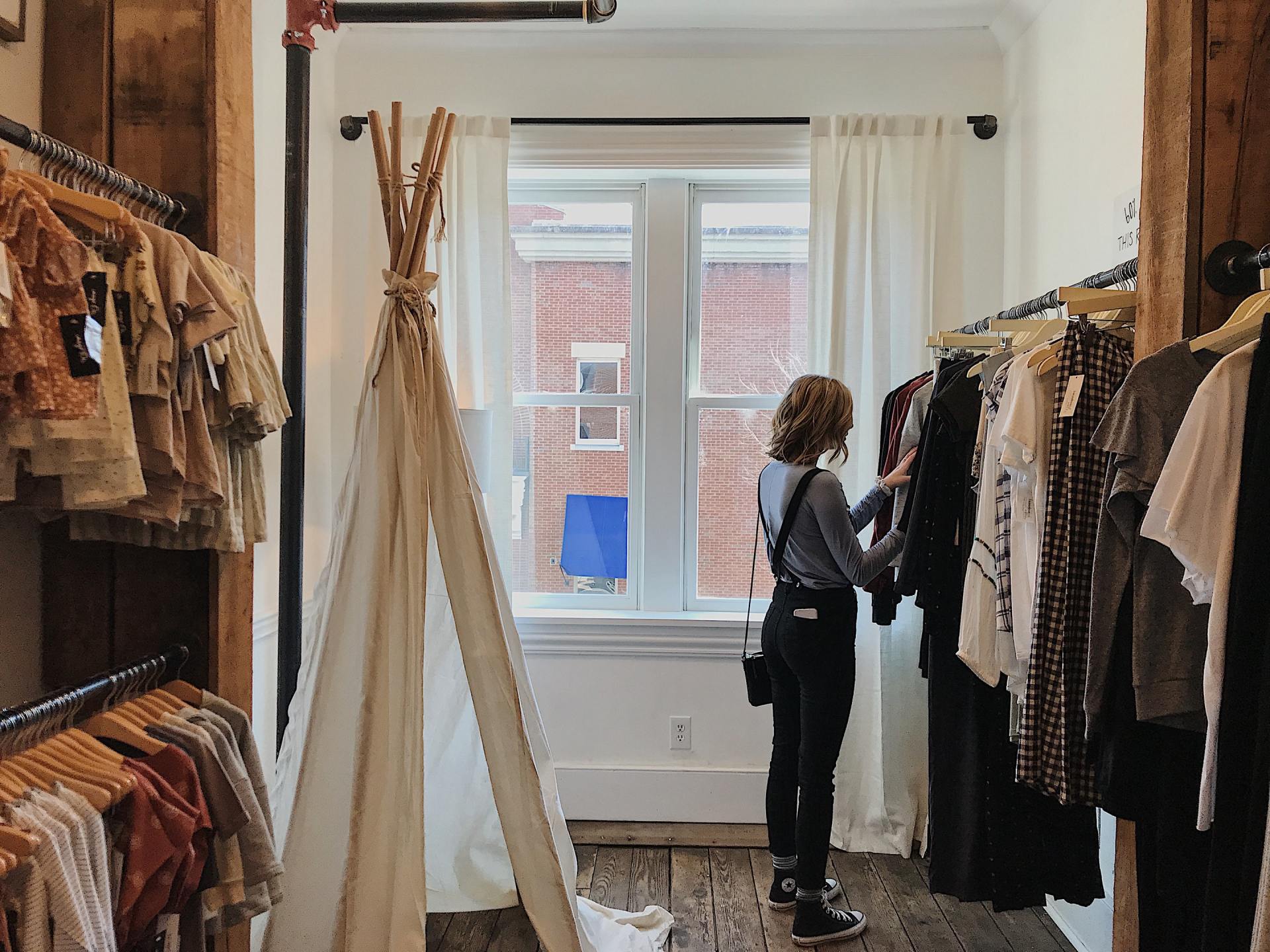
The Case For Convenience. How These Retailers Built Convenience Directly Into Their Brand Experience
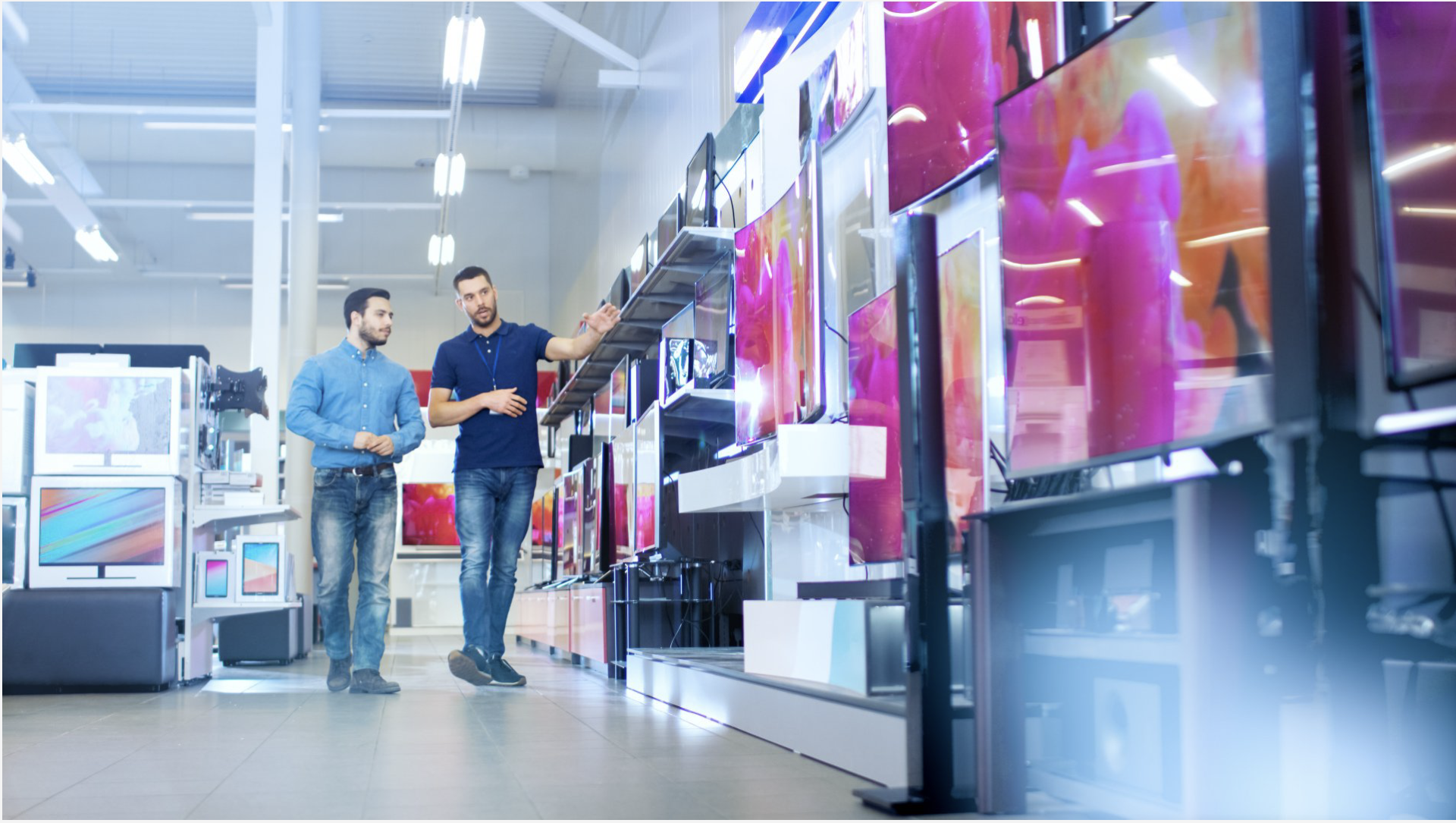
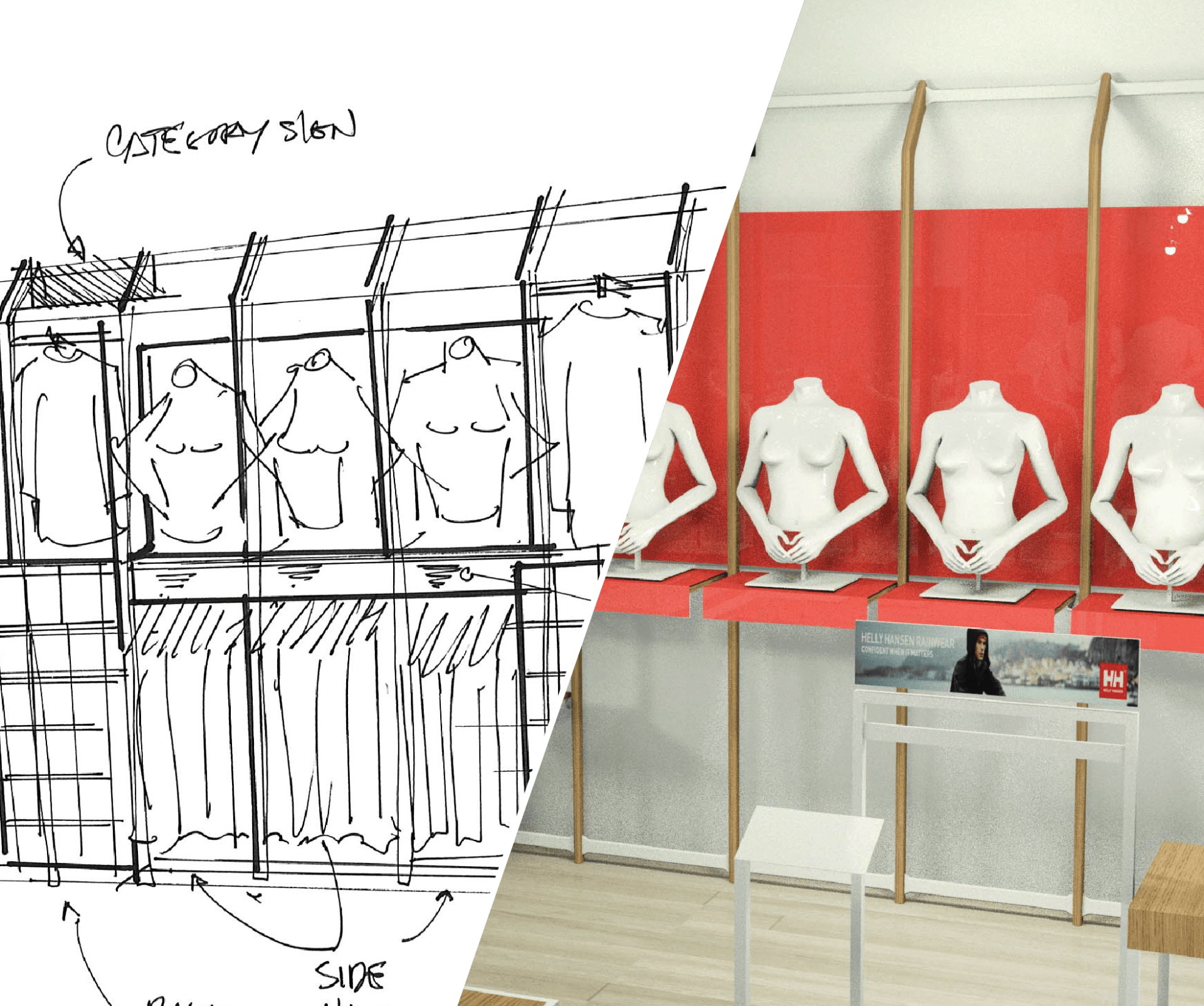
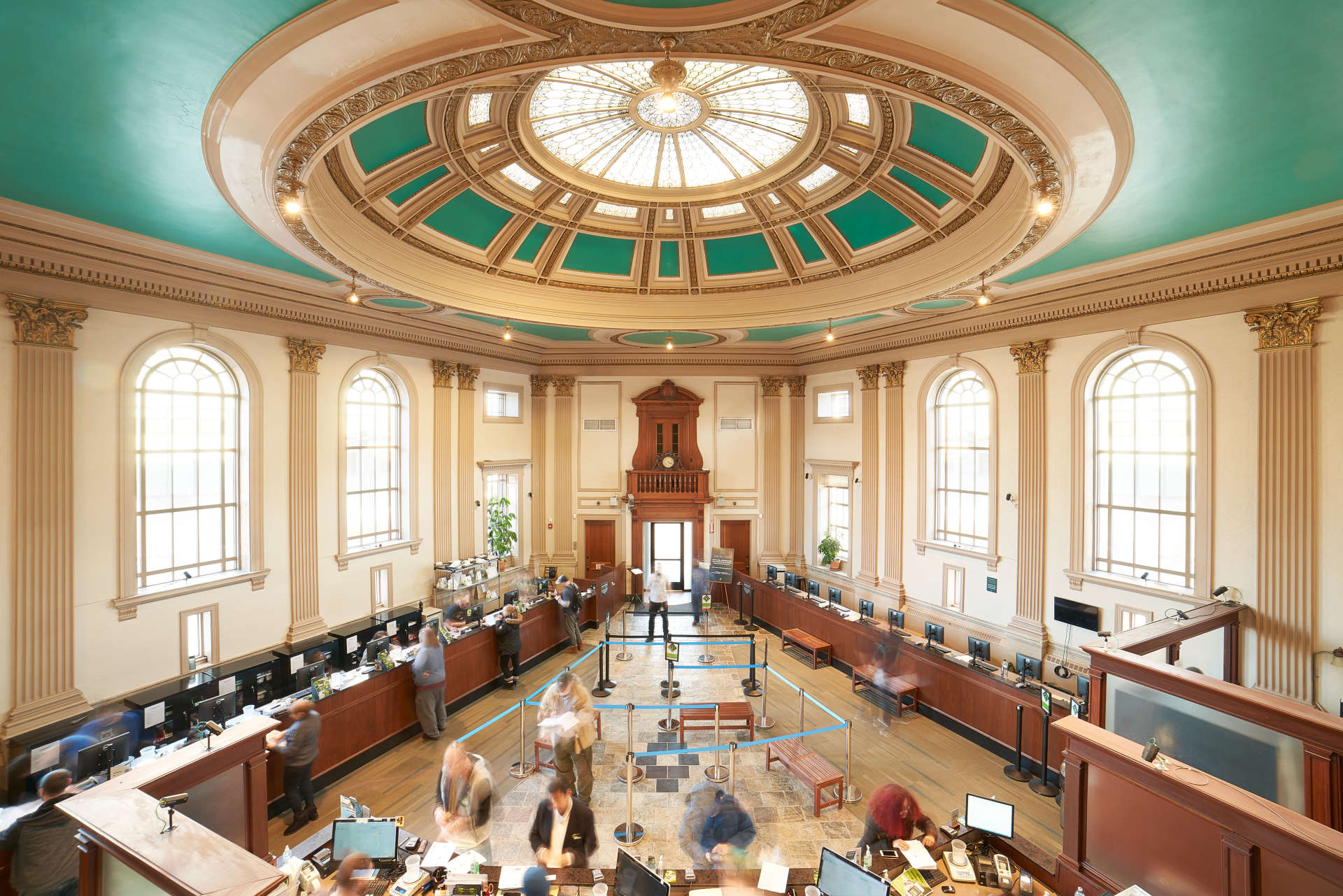
…” said Forbes
. The death-of-the-mall articles are like fake news; without much substance and designed to scare retailers. Unfortunately, when reported by a reputable source – like CNBC
– entrepreneurs, investors, and even long-time retail professionals run for cover.
The “real” retail experience – shopping, touching, tasting, feeling – is alive and well in 2019. But we still have to work at creating a profitable, winning retail experience. Think reality show. Then, apply that authenticity to your customers’ store experience. That’s the goal for the remainder of 2019, and as we prepare for holiday shopping season.
our internal culture is ever-more visible, and that means it’s an ever-more important part of your public-facing brand. That’s an epic, transparency-fueled shift sweeping across the entire business arena, and the consequences will play out for years.
- Trendwatching.com
online sales and in-store sales. So just as you have to design your website content with magnetic content to pull those shoppers into your landing pages and click-throughs, your storefronts and interiors have to draw customers in from the outside. And keep them.
Lush retail takes transparency and authenticity to a whole new level. Most savvy U.S. retailers won’t try this at home, but it works for the demographics toward which UK’s Lush is marketing (Some of the sales staff are naked behind their full-bodied aprons.).
Something that appeals to shoppers of all ages and means is technology. How can you integrate technological design into a retail setting ? Let’s be honest: All of us love bling and flashing lights. But keep it in a space designed for that purpose so serious, hands-on shoppers are still within a comfort zone.
Tiffany & Co.
developed the “Style Studio” in-store design. This section of the store specializes in selling all-things-Tiffany-blue in a setting that screams “Pay attention to me!” There’s even a Tiffany vending machine.
Another terrific way to integrate technology and in-store shopping is to encourage online shopping with local store-pickup. And the pickup site is often strategically placed in a merchandise-rich location.
Perhaps your retail stage needs to shrink; not grow. Look to your local geographic setting for design ideas that can enhance your customers’ in-store experience. To add an urban intimacy to customers’ shopping experience, many experienced retailers are promoting sustainability. You can utilize recyclable shopping bags. Burberry implemented (and promoted) a campaign to reuse, repair, and recycle unsold merchandise.
Nordstrom Local is downsizing to increase its market share. Last year, it opened a 1,200-sq.ft. store in a Los Angeles suburb that focused on styling and alterations. Another store opened downtown site featuring to-go food, concierge services, a barbershop, and shoe repair. Both stores offer dry cleaning services as well.
…But at the heart of it, we’re all consumers. What makes your shopping experience different? What really makes you go back [to the store]? Answering these questions can help developers arrive at the right solutions.
- Whitney Burns, senior manager/corporate communications, Hines
Loyalty programs continue to flourish. What company is your main competitor? It doesn’t matter if your company is The Mom & Pop Shoe Store on the corner of SmallTown, USA or Walmart. Your biggest competitor is Amazon. Targeting and rewarding brand allegiance with loyalty programs are a great incentive for today’s shoppers, and Amazon wrote the book.
This year and beyond, shopping retail has to be an “experience;” one that shoppers want to repeat. As you plan your marketing strategy for holiday shopping 2019, look to the feel of your brick-and-mortar store, from outside and within. Set the stage.
When your design strategy magnetizes and speaks to your customers, you’ve got the foundation for a profit-driven, winning retail experience.





